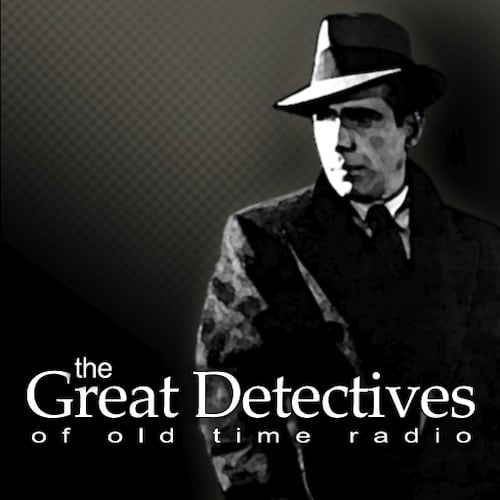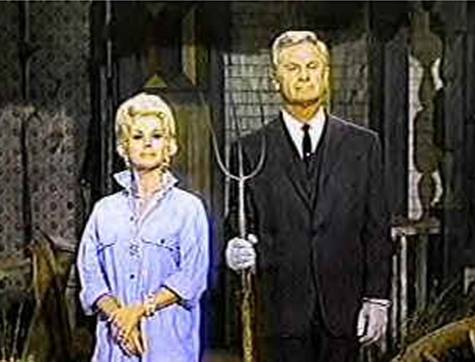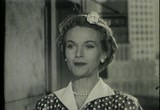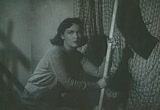When I mentioned listening to You Bet Your Life, a friend on Facebook was curious about my interest and asked, “How did you even HEAR about these folks?”
There are two stages where I learned about old radio shows:
1) Growing Up
My dad talked about listening to the radio growing up, but the first time we actually got to hear any old time radio was when I was about 12 or 13. We were at a Salvation Army and saw an old set of Old Time Radio comedy cassette tapes. My dad bought them cheap and we took them home and listened to them.
I found some shows I liked immediately (Fibber McGee and Molly, Burns and Allen, Abbott and Costello) and a couple that I didn’t care for.
However, I had no conception that there were old radio clubs. Indeed, when I was growing up in the 80s and 90s, Old Time Radio was limited to distribution on expensive Cassettes or CDs, or on old time radio replay shows that I never knew were on.
This doesn’t mean that I had no exposure to the classics. My dad was a huge Abbott and Costello fan, so I got to see dozens of these adventures. When I was a kid, there was nothing quite exciting as a new Abbott and Costello movie.*
For a homeschooling convention, my brother and I performed, “Who’s on First?” with me playing the straight man part that Bud Abbott did. We weren’t the only homeschooled family with old time radio exposure. At another convention, a home schooled family did a Fibber McGee and Molly old time radio play with a 13-year old boy trying to replicate Harold Peary’s Gildersleeve laugh and doing quite well.
2) 21st Century Exposure
It all started with Dragnet, and you can read about that over at the Old Time Dragnet site. After Dragnet, my curiosity remained somewhat limited. I found out that Superman had a radio show. As the Dragnet show had been pretty successful in first ten months, I launched the Old Time Radio Superman podcast.
I owe a burgeoning interest in radio to fans of the Dragnet show who shared some of their programs and the Antioch Radio Network, a station I listened to on a lark as I was feeling like listening to something to relax and I heard Let George Do It and was amazed at how good the show was.
This sent me researching, listening to a wide variety of different detective shows and led to the launch of The Great Detectives of Old Time Radio and then the app. For the app, I wanted to obtain our detective actors in other sorts of roles. To do that, I had to research their radiography to find shows they appeared in and find which might be entertaining. Through this process, I’ve come to really enjoy shows like Cavalcade of America and Mayor of the Town.
I became a fan of Life with Luigi because of an ad that appeared in an episode of Yours Truly, Johnny Dollar that made me curious enough to listen to the show.
I’ve also rediscovered some childhood favorites in Burns and Allen and Abbott and Costello.
Other shows I learned of because others were excited about the same show. Lum and Abner for example was a show that I was led to by die-hard fans who had created a wonderful collection of their radio adventures and made available for donwload.
And there are different stories for different shows, but they’re mostly in this vein.




 While the radio show was declining, CBS was bringing the North’s to Television with Richard Denning and Barbara Britton in the title roles. This version of the North’s would be quite different. In the premiere episode, The Weekend Murder, Pam solves the murder case while Jerry is sleeping. This was an indicator of how the series would go. Jerry North was the sidekick.
While the radio show was declining, CBS was bringing the North’s to Television with Richard Denning and Barbara Britton in the title roles. This version of the North’s would be quite different. In the premiere episode, The Weekend Murder, Pam solves the murder case while Jerry is sleeping. This was an indicator of how the series would go. Jerry North was the sidekick.